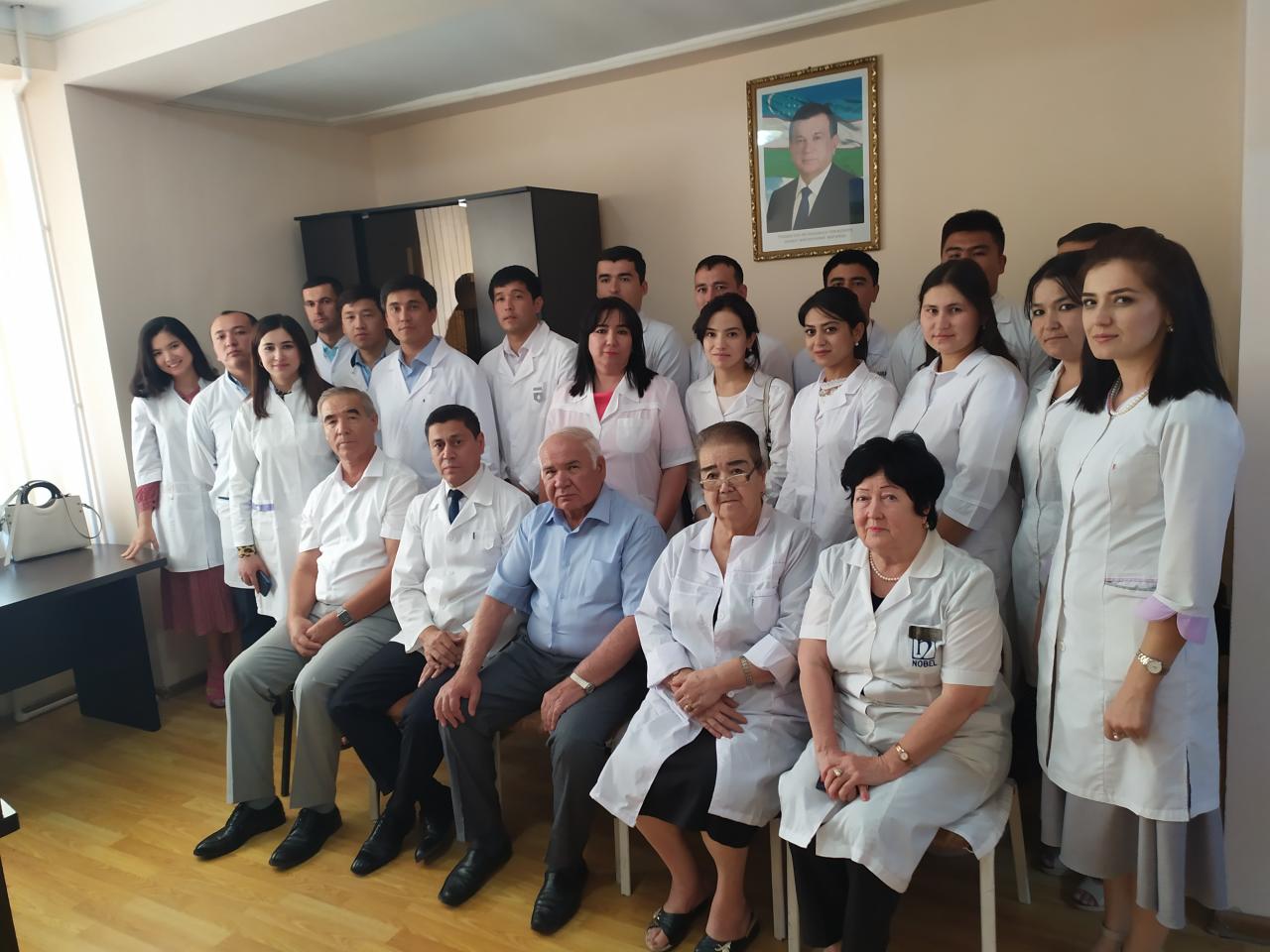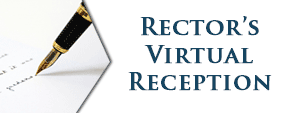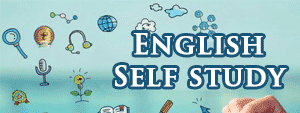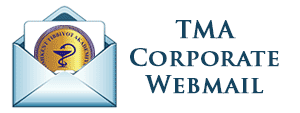CARDIOLOGY
Learning objectives in the magistracy.
training highly qualified specialists with skills to diagnose, treat and prevent diseases of the cardiovascular system, as well as their complications with the use of the latest achievements of modern cardiology and medical technologies.
Learning objectives:
– To develop at the present level of knowledge on the epidemiology, etiology, pathogenesis of diseases of the cardiovascular system;
– Develop knowledge on the use of modern methods of diagnosis of cardiac diseases;
– To develop skills of self-determination of the required volume and a set of diagnostic and treatment activities cardiology;
– To learn to take the necessary and appropriate diagnostic and therapeutic manipulations and procedures cardiac patients in outpatient and inpatient settings;
– Develop the ability to interpret the results of modern laboratory and instrumental studies of patients with diseases of the cardiovascular system;
– To develop the skills of high quality care at the present level in case of emergency in cardiac patients;
– Develop the skill intensive care for diseases of the cardiovascular system;
– Develop knowledge for the complex social and labor rehabilitation cardiac patients;
– Develop the ability to implement preventive measures to reduce the incidence of the most common diseases of the cardiovascular system and prevent its complications.
Requirements for the Master’s undergraduates.
Master of specialty “Cardiology” must:
have an idea:
– About contemporary issues and main directions of development of medicine;
– New technologies in the diagnosis and treatment of diseases of the cardiovascular system.
know and be able to use:
– Epidemiological data, the influence of etiological factors and risk factors, current theories of pathogenesis, classification, methods of diagnosis, including early, the treatment regimen at different stages, primary and secondary prevention of diseases of the cardiovascular system;
– Orders and regulations of the Republic of Uzbekistan health related therapeutic services.
have a skill:
– Highly questioning cardiac patients;
– Perform a perfect physical examination medical patients;
– Determining the scope and range of necessary diagnostic and treatment interventions medical patients;
– Independent of some therapeutic and diagnostic procedures cardiological patients;
– Interpretation of the results of additional studies (laboratory, morphological, functional, endoscopic, radiological X-ray, immunological, microbiological);
– Independent of the complex individualized treatment of diseases of the heart and internal organs and certain complications thereof in a consultative polyclinic, profile cardiology hospital Intensive care unit;
– Some of resuscitation and assistance in case of emergency in the hospital for cardiovascular disease;
– Development and implementation of rehabilitation measures cardiac patients;
– Provide advice to medical patients;
– Conducting medical medical records.
I year of study
The seminar undergraduates Magistrates:
I semester
I. Functional anatomy and diagnostic methods:
1. Anatomy of the Cardiovascular System
2. Physiology of the cardiovascular system
3. Semiotics of heart disease. Physical methods of research in cardiology
4. Registration and evaluation of the electrical properties of the heart
5. Interpretation of the results of electrocardiography
6. Functional and pharmacological tests. Diagnostic pacing
7. Laboratory diagnostic methods in cardiology
8. X-ray and radiological diagnostic methods
9. Invasive methods of research in cardiology
10. Ultrasound diagnosis. Basic principles.
11. Ultrasound diagnosis of acquired heart disease.
12. Ultrasound diagnosis of congenital heart disease.
13. Ehodiagnostika myocardial diseases
14. Ehodiagnostika myocardial diseases
II. Arrhythmias and blockade:
15. The mechanisms of arrhythmias. Classification of arrhythmias
16. Violation of the sinus node
17. Atrial arrhythmias
18. Nodal rhythm disturbances
19. Atrial Fibrillation
20. Ventricular arrhythmias
II semester
21. Treatment of arrhythmias
22. paroxysmal tachycardia
23. Relief of paroxysmal arrhythmias
24. Violation of the conductivity
25. Violation of the conductivity
26. Treatment of conduction
27. Treatment of conduction
28. Combined, complex arrhythmias
29. Complex arrhythmias and conduction
30. The differential treatment of arrhythmias and conduction
III. Arterial hypertension:
31. Essential hypertension. The mechanism of blood pressure regulation
32. Diagnosis of arterial hypertension
33. Antihypertensive therapy
34. Malignant hypertension. Hypertensive crisis
35. The relief of hypertensive crisis.
36. Symptomatic arterial hypertension
37. Symptomatic arterial hypertension
IV. Atherosclerosis:
38. Modern views on the development of atherosclerosis
39. Clinic. Diagnosis of atherosclerosis
40. Treatment of Atherosclerosis
II year of study
III Semester
Coronary artery disease:
41. Modern views on the pathogenesis of coronary heart disease
42. Classification of coronary artery disease. Diagnosis and differential diagnosis of ischemic changes in the myocardium
43. Acute coronary syndrome. Diagnosis and treatment of acute coronary syndrome without lifting ST.
44. Management of patients with ACS segment elevation ST.
45. Drug treatment of chronic ischemic heart disease
46. Non-drug treatments for coronary artery disease
47. Myocardial infarction. Clinical variants
48. ECG diagnosis of myocardial infarction
49. Laboratory and instrumental diagnosis of myocardial infarction. Differential diagnosis
50. Current recommendations for the management of patients with acute myocardial infarction.
51. Complications of myocardial infarction
52. The state of shock. Cardiogenic shock. The differential diagnosis of states of shock. Treatment strategy
53. Treatment of complications of myocardial infarction
54. Sudden cardiac death and cardiopulmonary resuscitation
Myocardial diseases:
55. Inflammatory diseases of the myocardium.
56. Myocardial diseases of other organs.
57. Dilated cardiomyopathy
58. Hypertrophic Cardiomyopathy
59. Restrictive cardiomyopathy
IV semester
60. Restrictive state of the myocardium
61. Modern views on the development of heart failure (HF)
62. Acute left ventricular failure
63. Treatment of acute left ventricular failure
64. Acute right ventricular failure
65. Management of patients with acute right ventricular failure
66. Chronic heart failure. Classification. Clinic. Diagnosis of chronic heart failure.
67. Posindromnaya differential diagnosis of chronic heart failure
68. Current recommendations for the treatment of heart failure (non-drug approaches)
69. Current recommendations for the treatment of heart failure (medication approaches)
Diseases of the aorta and peripheral vessels:
70. Diseases of the aorta (non-inflammatory nature)
71. Diseases of the aorta (inflammatory)
72. Peripheral artery disease, venous disease.
73. Acute occlusion of peripheral vessels
Cardiopsychoneurosis:
74. Neyrotsirkulyatonaya dystonia. Mechanisms of. Clinic. Diagnostics
75. Differential diagnosis of organic diseases of internal organs
76. Hypotension
77. collapse. Syncope.
III year of study
V semester
Heart defects:
78. Rheumatic heart disease. Etiology. Pathogenesis.
79. Rheumatic heart disease. Classification. Clinic.
80. Rheumatic heart disease. Diagnostics. Current recommendations for treatment.
81. Diseases of the mitral valve
82. Diseases of the aortic valve.
83. Malformations of the tricuspid valve.
84. valvular pulmonary artery.
85. The multi-valve heart defects
86. Congenital heart disease in adults
87. Correction of hemodynamic defects. Surgical treatment.
Pericardial disease:
88. Diseases of the pericardium (infectious)
89. Diseases of the pericardium (non-infectious)
90. pericardial effusion
91. constrictive pericarditis
Pulmonary heart:
92. Pulmonary heart
93. Primary pulmonary hypertension
94. Pulmonary embolism (PE)
VI cemestr
95. Treatment of pulmonary heart
Infective endocarditis:
96. The etiology, mechanisms of development of infective endocarditis
97. Peculiarities of the diagnosis of infective endocarditis and
98. Differential diagnosis of fever.
99. Treatment of infective endocarditis
The cardiovascular system (CVS) in diseases of vnutren¬nih:
100. Status CCC in endocrine diseases
101. Status CCC in diseases of the digestive system
102. Status CCC respiratory diseases
103. Status CAS diseases of the central nervous system
104. Status CCC blood diseases
105. Status CCC for kidney
106. Status CCC in pregnant
107. Status SSS in elderly
108. The effect of climate change on the state of the CAS
109. The effect of environmental factors on the state of the CAS
110. Rare diseases of the heart







